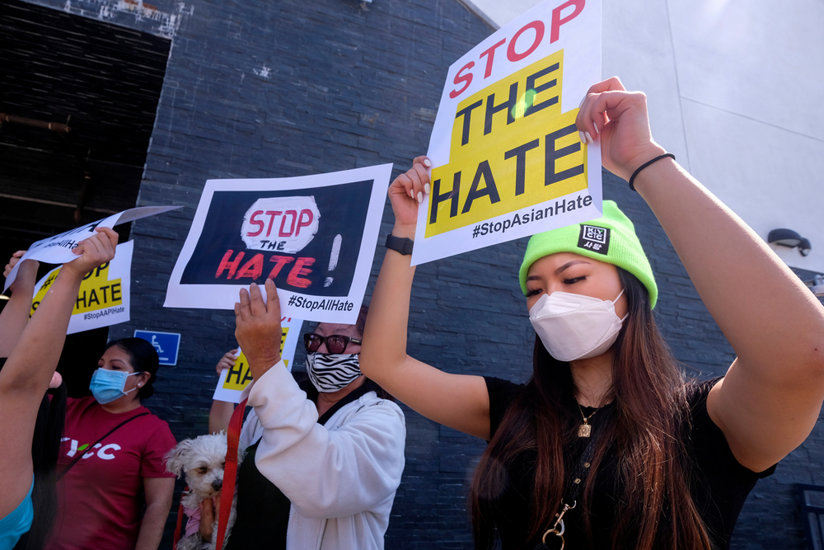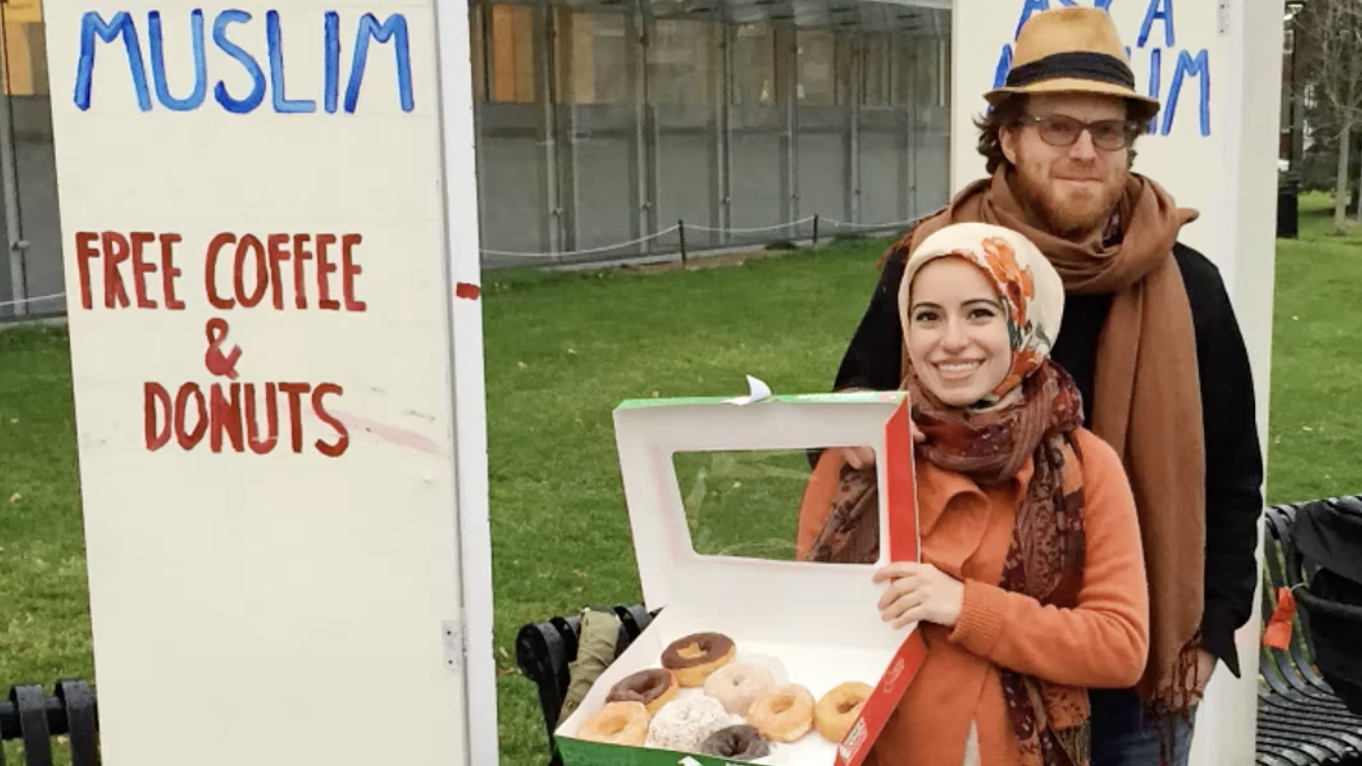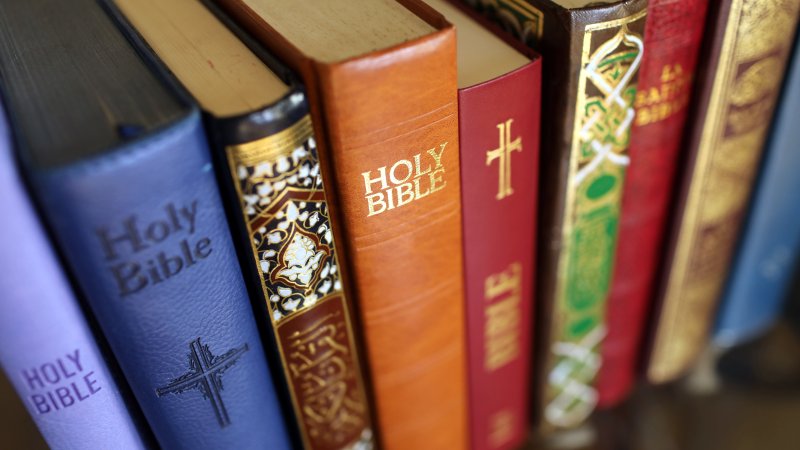
-
HOME
-
WHAT IS STANDOur Mission Our Values Our Help Contact
-
WHAT WE FIGHT FORReligious Freedom Religious Literacy Equality & Human Rights Inclusion & Respect Free Speech Responsible Journalism Corporate Accountability
-
RESOURCESExpert Studies Landmark Decisions White Papers FAQs David Miscavige Religious Freedom Resource Center Freedom of Religion & Human Rights Topic Index Priest-Penitent Privilege Islamophobia
-
HATE MONITORBiased Media Propagandists Hatemongers False Experts Hate Monitor Blog
-
NEWSROOMNews Media Watch Videos Blog
-
TAKE ACTIONCombat Hate & Discrimination Champion Freedom of Religion Demand Accountability
Can Education Stop Anti-Asian Hate? These Activists Think So
“If you don’t know history, then you don’t know anything. You are a leaf that doesn’t know it is part of a tree.”
– Michael Crichton
It stands to reason. You can’t really know someone unless you know where he’s been, where he is and where he wants to go. Hate and Understanding dwell on opposite banks of a mile-wide river. The bridge is education. The common denominator of those who hate uncompromisingly is their arrogant ignorance, and their refusal to learn about the target of their bile.
Education is therefore the enemy of hate.

Studies have shown that tolerance rises with instruction. In a Harvard University experiment involving 60 high schools across eight cities, students expressed “greater self-reported civic efficacy and tolerance for others with different views” after a five-day seminar and follow-up instruction about “the steps leading up to the Holocaust.”
As Abby Weiss of Facing History and Ourselves, a global nonprofit whose stated mission is “[to use] lessons of history to challenge teachers and their students to stand up to bigotry and hate,” observes, “Education is the tool for creating a more humane and compassionate society.”
“You don’t understand American history thoroughly unless you understand Asian American history.”
But can education cure deep-seated hatred—hatred so entrenched that it can affect the behavior of human beings toward their fellows? Longtime Asian American Pacific Islander (AAPI) activists Stewart and Patricia Kwoh believe so. Their Asian American Education Project has created dozens of lesson plans training over 1,000 teachers on racism and immigration in an online program designed to put out the conflagration of bigotry with information.
That conflagration has hit the AAPI community particularly hard in recent years. The fastest-growing ethnic or racial group in America, they are also among the top targets for hate crimes and violence. In the wake of misplaced blame for the pandemic and the hideous attack in Atlanta in March of 2021 that left six Asian women dead, one-third of Asian Americans now fear threats and violence, and have changed their daily behavior to keep themselves safe.
Stewart Kwoh says, “Asian Americans were invisible. You don’t understand American history thoroughly unless you understand Asian American history.”

As if in answer to Mr. Kwoh, the nonprofit “Make Us Visible” is dedicated to banishing forever the “invisible” Asian American by advocating—through communities and government and at local and state level—for the mandatory teaching of AAPI history in K-12 schools.
Thanks to their efforts and those of other dedicated AAPI community members across the nation, the roster of states mandating Asian American history in K-12 schools is growing—Illinois, New Jersey, Connecticut, California, Maryland, Washington, and Oregon have all mandated AAPI history to be included in their curricula under varying parameters.
In Illinois, State Representative Jennifer Gong-Gershowitz, who co-sponsored the Teaching Equitable Asian American Community History Act (TEAACH), rejoiced when Governor J. B. Pritzker signed the bill into law. The granddaughter of Chinese immigrants who came to America 100 years ago, it was not until she attended law school that she learned about such matters as the infamous 1882 Chinese Exclusion Act which severely restricted immigration and the rights of employment and citizenship to millions, nor about the forced internment of Japanese Americans during World War II.
To Gong-Gershowitz, the importance of including AAPI history in her state cannot be overestimated. According to her, it “helps create a more inclusive and comprehensive understanding of American history for all students in Illinois and helps fight anti-Asian racism and xenophobia.”
At present, when textbooks do include a mention of AAPI history, it’s mainly about the Chinese Exclusion Act or the Japanese American internment camps of World War II. In other words “Asian American” or AAPI, to too many people means simply Chinese or Japanese, when in fact according to the Pew Research Center, the nation’s 22 million Asian Americans trace their roots to more than 20 countries.
With more and more states mandating AAPI history in their K-12 curriculum, Asian Americans will no longer be invisible—and the bridge to understanding will be well-traveled and well-paved.









